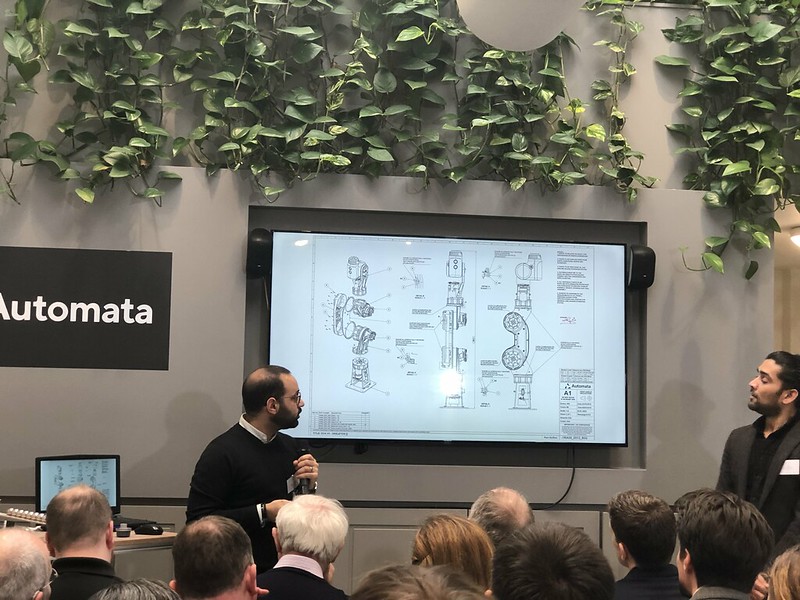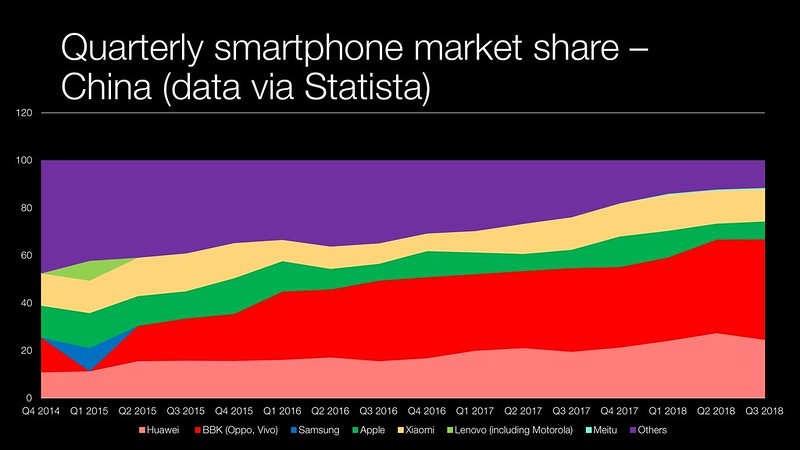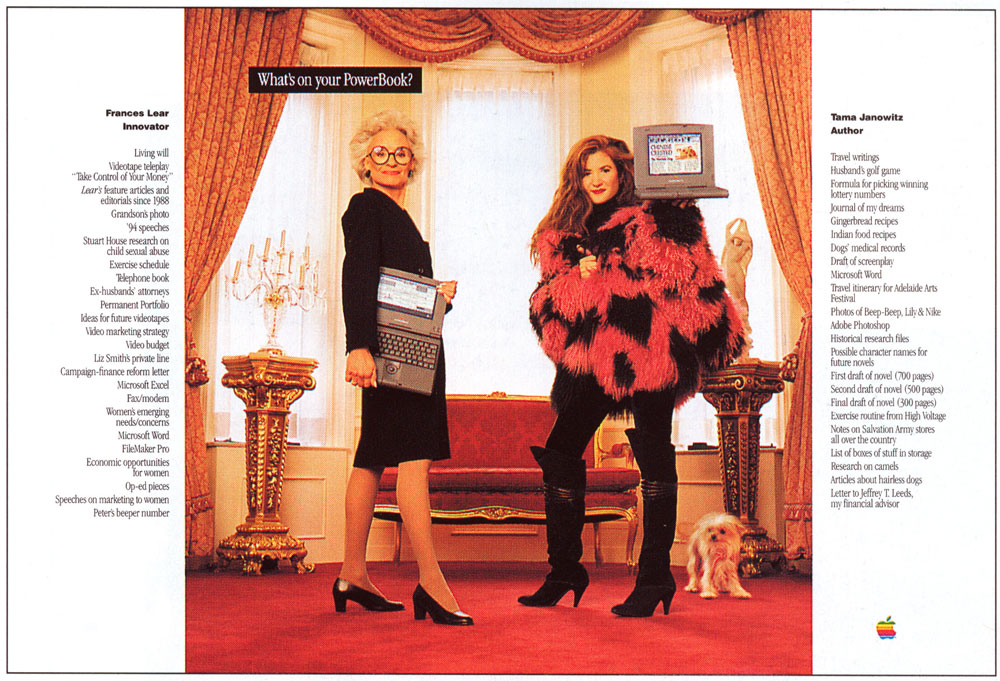Why a list of Mac software recommendations and why me? I have been using Macs since my early cough, cough – ok let’s just say a long time. I bought my first Macs secondhand. The first one was a sit-up-and beg style Macintosh SE. This is in what nerds now call the Mac Classic style machine. This allowed me to proof club flyers on a computer rather than getting bromides made. The machine paid for itself in less than five months.

I moved on to a PowerBook 165 running ClarisWorks and early Internet software.
I managed to connect it to the net through my university and surf in 16 shades of grey. Some of the software I recommend has been maintained almost as long as I have been a Mac user which says something about the power of developer’s core ideas.
At the time there wasn’t the Mac user community that there is now. But what users there were made up for their lack of numbers with fierce passion.
When you bought a Mac you could tap into a real world community. My University user group met once a month and swapped software and tips.
It was this rather than the iMac which made sure Apple had a user base by the time Steve Jobs returned. Mac related magazines filled in the knowledge gap and carefully curated demo software. It was through this experience that I learned about some of the apps here. I have stayed loyal to them over the decades and upgraded them as required.
Nowadays there is a larger, but less passionate community. We tend to share web services rather than apps. We also tend to gather around the biggest rather than the best. I am a great believer in supporting independent development where the applications work better for me. This the lens that I view software through in making the recommendations below. Some of the recommendations come from people I trust like Mat Morrison. Where I have shared a piece of software I don’t use I’ve made this clear below.
Despite the disappointing* product designs of the last two MacBook Pro revisions, I’ve been surprised as a few more friends move to the platform. They’ve sought advice myself and other friends. So I thought I’d consolidate the knowledge and put it out there.
The process caused me to reflect on the software that I use and value. I like:
- Products that work both online and offline, so Hemingway’s native app made it in rather than the Grammarly Chrome plug-in. Internet isn’t as ubiquitous as one would have you believe, God knows I love technology, but I am not blind to its faulty implementation
- Products that seem to be mature and have gone through a couple of development cycles
- Software has to fit me, rather than the other way around. I’ve built up behaviours over my time using computers and networks that seem to work for me. But we have different learning styles and habits, which was part of the reason why I’ve suggested choices that I don’t use but others like. Chances are one of them will work for you, but not all of them will
- I prefer not to depend on web giants like Google, Facebook et al when it comes to software. Their ‘always in beta’ philosophy can make for inconsistent product experiences – look at how the Skype consumer platform UI and functionality has changed for the worse over time. ‘Always-in-beta’ also results in abrupt ‘sunsets’ – that’s tech speak for killed off. This happens for a few reasons. The bigger they get, the bigger a service has to be in order for it to be worthwhile supporting. Their product strategy is about you as a product rather than you as a user. This is true if its an application or an API. Their entry into a market can see them decimating small competition; once that has been completed if there isn’t megabucks they’ll leave just as fast. The RSS news service Google Reader is an exemplar for this process. I love new shiny things as much as the next nerd, but I also don’t want to invest too much into them if they can disappear just as quick
Communications
Communications used to be a simple process for me, as I used to run Adium.
At one time Adium supported ICQ, AIM (AOL Instant Messenger), Google Talk, Yahoo! Messenger and MSN. Adium still exists but many of the main instant messenger platforms don’t. These days things are a little more complicated for me.
I run Apple’s Messages.app which allows me to use my iPhone’s SMS service and contact other Apple product users. It’s encrypted which is nice. It’s so simple, even my parents have managed to master it.
I use Slack to keep in touch with a number of professional groups.
My friends in China and Hong Kong use a mix of WhatsApp desktop app and WeChat’s desktop app.
I don’t use it so much any more but LINE and Kakao Talk make a couple of good desktop apps too. The Economist and Wall Street Journal do good content on their LINE channels. Bloomberg and the UK agency Battenhall publish some good content on WhatsApp that are worth subscribing to.
I use the consumer version of Skype to dial into conference call bridge numbers. I have used Skype for Business whist working at Unilever and Publicis – it wasn’t a positive experience.
I know some friends that find Franz handy, it seems to support an eclectic collection of services; but not all the ones I need covered.
Evernote alternatives
Evernote wasn’t the innovator that many people think it is. DevonThink and Yojimbo have been longer in usage amongst a small but dedicated Mac user base.
DevonThink – positions itself as document management. It also syncs across devices. It is an expansive and thorough piece of software, I’ve tried it. It’s great, but just wasn’t for me. Devon Technologies also have some interesting products that do web and system search. They have been handy for friends in recruitment headhunting research.
Yojimbo – In my personal experience I found Yojimbo easier to use than DevonThink. Both are great tools, but its a question of what makes the most sense for you. I think you should try both and see which one works best for you.
Graphics
OmniGraffle – great for diagrams and flow charts. OMNI are long time Mac developers and always seem to get the most out of the machine.
News
I have been vocal in my love of Newsblur RSS reader on other occasions, so won’t go into how fantastic it is here. I use a native Mac app called ReadKit to interface with Newsblur, Pinboard and Buffer on my Mac. This was really handy when I was in China, as the internet operates differently there.
ReadKit also has good integration with Buffer and Pinboard.in; services I use for social posting and bookmarking respectively. ReadKit isn’t perfect; in particular its persistent windows for posting to Buffer and Pinboard.in can annoy; but it works for me.
Office software
I use the default macOS applications Mail.app, Calendar.app and Contacts. app. They work flawlessly with iCloud to sync across iPhone, iPad and Macs. I have Google hosted, Microsoft Exchange and IMAP based accounts running on Mail.app side by side with no problems (so far).
I use the home edition of Microsoft Office (for Word, Excel and PowerPoint). Going for the home edition is a fixed cost rather than an Office 365 subscription. I use Hemingway to handle the creative process of writing and provide some editorial input. If I am writing a presentation for myself then I will use Keynote instead of PowerPoint.
I use OmniPlan as an equivalent to Microsoft Project.
Music
I still listen to ripped music on iTunes. Streaming services like Spotify often have a limited library of back catalogue music. Carefully curated playlists can see tracks disappear in an arbitrary manner when rights owners pull them from the streaming service. I listen to old DJ mixes, digitally bought music from BeatPort, iTunes and Bleep. I also rip CDs as often these are cheaper than their MP3 counterparts or haven’t made it into online music stores. iTunes also handles my podcasts and audio books. I have an iPod Classic that’s tricked-out with a 256GB SSD. I don’t run my phone’s battery down listening to music. I have been keeping track of my listening using last.fm’s app.
Productivity
BBEdit is a 25-year old piece of software for the Mac. It is a text editor but always comes in more handy than that descriptor implies. It’s one of them applications that I discovered on a Mac Format or MacWorld demo disk and then kept on using.
I haven’t used it, but Duet looks like a handy way of bringing a secondary screen around with you, if you are working out of client offices.
OmniFocus – list writing made better, but also handy for getting thoughts down on a presentation etc
Parcel – comes in handy for keeping an eye on your package deliveries.
PopChar X – I have been using PopChar since I was in college. I got it on a demo disc from MacFormat and immediately saw its benefit. Twenty years later I am still using the application.
Screen grabs
Papparazi is my go to screen grab tool, Skitch comes highly recommended from people I trust.
Utilities
Apple has got an annoying habit of taking ideas from great utilities and including them in future versions of macOS. This is great for users, but bad for Apple’s long-suffering developer community. It was independent developers who kept the faith during the dark times of the mid-1990s.
coconutBattery – recommended by a friend who uses it for ensuring that apps aren’t drawing excessive power when you’re on a battery. Here’s looking at you Google Chrome!
GraphicConvertor – yet another app that is over 20 years old and still supported. It manages to handle the most arcane graphics formats and allows you editing functions.
Fetch and CyberDuck – Fetch and Transmit have been the go to Mac apps for FTP clients for a long time. Familiarity for me means that Fetch edges out Transmit. Both are great pieces of software that I am happy to recommend. It is also worthwhile considering CyberDuck which is open source. CyberDuck has also done work on supporting Amazon and Google storage which some of my friends find invaluable.
Little Snitch – in the world of Mac users Little Snitch used to be famous for stopping Adobe software from phoning home. This was back before Creative Cloud when buying software was a major investment for agencies. So there was an interest in cracked user codes and careful monitoring of your network connection. Little Snitch is very useful these days as a really good firewall application.
Stuffit Deluxe – yes you can do a lot in terminal but you’d be hard pushed to find a compression app that handles as many formats as Stuffit. I even opened up some 20 year old .sea archives from my time in college.
TechTool – machine health monitoring that has been around since the dark days of the Mac. A great application to keep your Mac running the way you want it to.
Terminal.app (default app) – macOS is built on a proper operating system NetBSD and the Mach micro-kernel. Terminal allows you to access the power of the operating system. But with great power comes great responsibility, I strongly recommend some additions for your bookshelf. O’Reilly Publishing has some great books that provide advice on how to use the terminal notably Learning Unix for OSX. David Pogue’s Missing Manual series for macOS are worthwhile as references as well.





